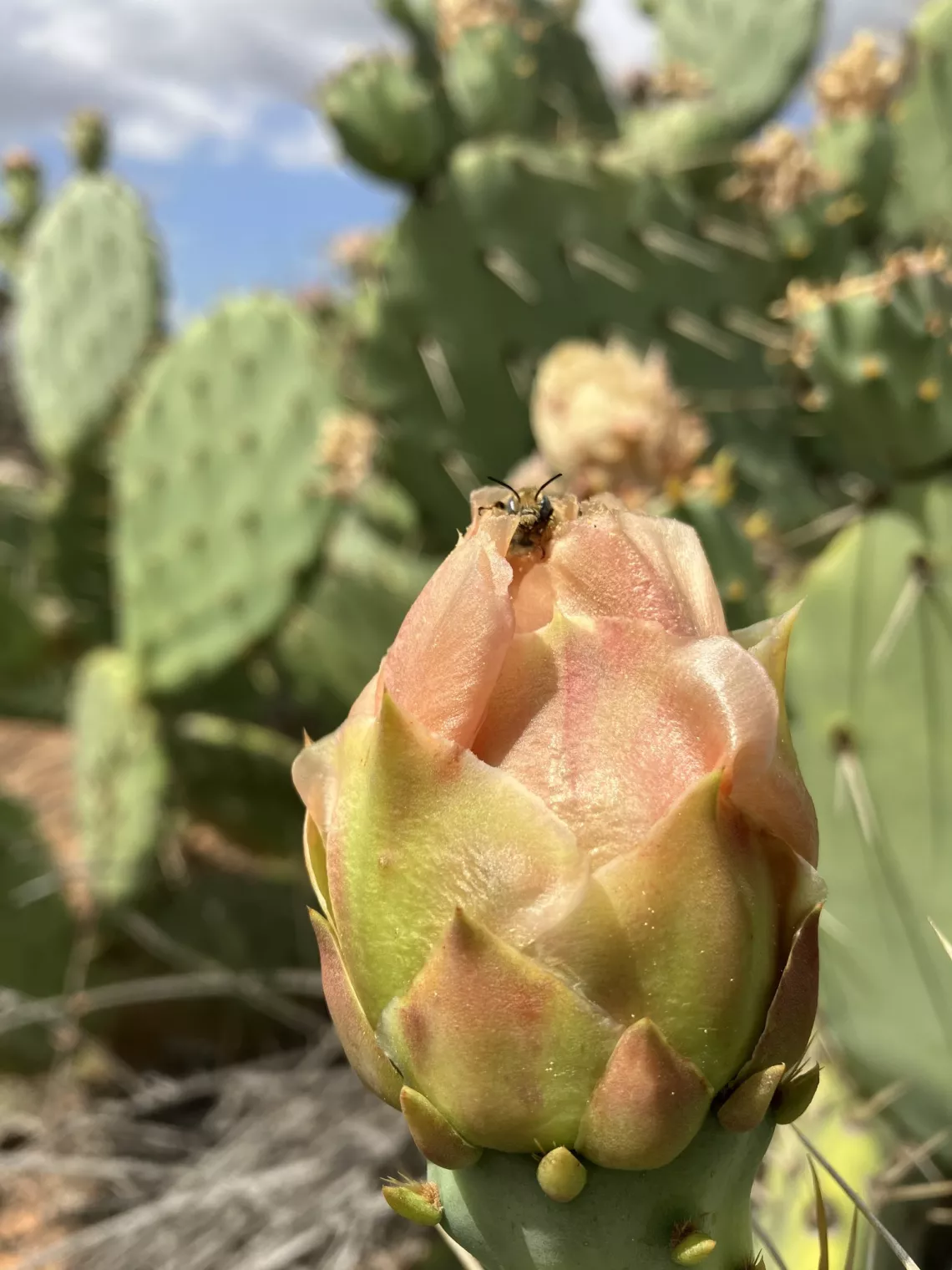Sierra Club Santa Margarita Group General Meeting & Speaker SeriesNative Bees Need our Help! |
|

Insects provide vital ecosystem services and face major challenges in anthropogenic environments. Chaparral and coastal sage scrub habitats in southern California support many endemic and rare species threatened by development, yet only 20% of the original habitat area remains intact. These areas have been greatly reduced and fragmented in the last century due to urban and agricultural development. Compared to similar areas ("reserves") that are unfragmented by urban development, fragments support a lower abundance and diversity of arthropods; introduced ants, which displace native ant species; lower richness and functional diversity of bees; amplified negative effects of severe weather events (such as drought) on native bees. Drivers of these patterns, particularly for those involving bees, remain unclear.
For many organisms, extinction risk increases with decreasing range size. We thus predict that fragments support (i) fewer range-restricted species (endemic), and (ii) assemblages with larger mean range size compared to that of assemblages in reserves. This research shows that preserving large areas and enhancing native habitats in developed areas may protect more range-restricted species, optimizing biodiversity conservation amidst a global biodiversity crisis.
Jess Mullins is a PhD student in the Holway Lab at the University of California San Diego in the Ecology, Behavior, and Evolution Department. She is broadly interested in wild bee diversity, taxonomy, and life history. Her research looks at how habitat loss and fragmentation drive changes in native bee communities in a highly urbanized biodiversity hotspot. Specifically, which bee traits and life history patterns are associated with extinction risk.
For More of our Guest Speaker Presentations:
November 2021 - "The California Red-Legged Frog: Past, Present, and Future"
December 2021 - "Drought, Climate Change, or Both?"
January 2022 - "A Natural History of the Anza-Borrego Region"
February 2022 - "Earth Justice; here to help the Earth and its inhabitants"
June 2022 - "Have you ever seen a Lemon Lily?
September 2022-"San Jacinto Basin - San Jacinto Wildlife Area"
November 2022: "Prioritizing California Native Plants for Butterfly and Moth Conservation"